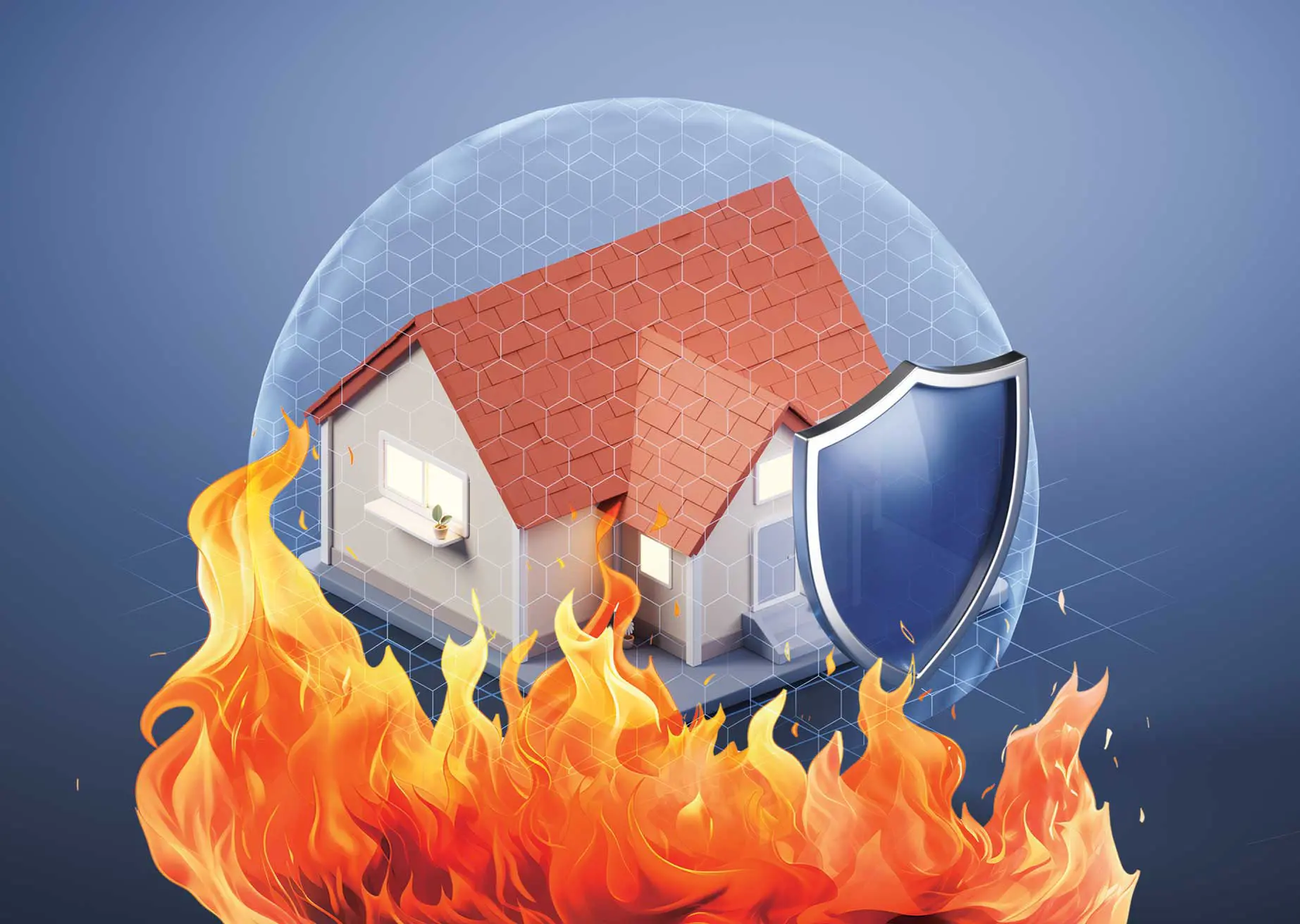Small Changes, Big Protection: Enhancing Fire Safety in Your Home
By MS. SOFIA SCHATZ, STAFF WRITER
Although it is a familiar and often routine activity, between 2017 and 2021, cooking caused forty-four percent of all reported home fires in the United States. Other leading causes of home fires are candles, electrical systems/lighting equipment, heating equipment, Christmas trees, and smoking. House fires can also be intentionally or unintentionally started. Intentionally set fires include arson; unintentionally set fires usually start from unexpected sources. A fire can start from items you may not even think about, such as furnaces, an abundance of lint in clothes dryer filters, and plugged-in appliances.
At any rate, it is important to be aware of how quickly an uncontrollable fire can spread. For perspective, after a small flame begins it can transform into a full-fledged fire in less than thirty seconds. When a house fire forms, the heat can rise to over 1,100 degrees Fahrenheit in about three and a half minutes, causing rapid and extensive damage. The flames of a fire and the heat it gives off pose threats to the safety of people and property, but the smoke and gas released are the primary causes of house fire deaths. People often die from a lack of oxygen rather than the flames themselves.
Each year, house fires cause about four thousand American deaths and more than two thousand severe injuries. But many of these deaths and injuries, as well as the fires themselves, are preventable. Fortunately, you can use many tips and strategies to decrease the possibility of unintentionally setting a house fire.
UNPLUG UNUSED APPLIANCES
Many people may not know that leaving unused appliances plugged in increases the risk of fires. Hence, it is not a common practice for many to unplug various appliances upon leaving their home for long periods of time. While it may seem like wires and outlets are generally built to be safe, consider taking extra precautions. Appliances that generate heat, such as hair styling tools and toasters, are the most important to unplug.
REMOVE LINT AND REPLACE FILTERS
Lint is the leading cause of dryer fires, and dryer fires frequently play a role in causing house fires. For instance, if lint continuously builds up in the filter of your dryer, the chances of your home catching fire increase. Therefore, following each use it is essential to remove the lint and periodically check for and clear any build-up in the outdoor dryer vent.
PUT OUT CIGARETTES AND CIGARS PROPERLY
If you are a smoker it is important to dispose of your cigarette, cigar, or other smoking devices properly. Smoking is a leading cause of house fires because many people do not: 1) extinguish smoking materials fully or 2) dispose of them correctly, placing them where a fire could easily start. Make sure not to place smoking materials in a flammable area, and when you are finished smoking, be sure they are completely smothered. Additionally, do not let cigarette butts pile up as the materials are combustible and may smolder for several hours before causing a fire.
MAKE SPACE AROUND FLAMMABLE ITEMS
All heaters should have plenty of space on all sides, which means no other objects should be in proximity to the heat dispersed. Many objects are more flammable than you think. It is important to remember to make sure personal belongings are at least three feet away from a heat source.
INSTALL AND MAINTAIN SMOKE DETECTORS
Having smoke detectors increases your chances of survival if a residential fire should occur. Fire alarms should be installed on every level of the home, including basements. Updating the batteries is crucial, as dead batteries render smoke detectors useless. It is generally recommended to change the batteries twice a year; however, for specific operating instructions, refer to your alarm’s manufacturing information. Moreover, for the visually impaired, there are audible alarms that warn residents of a fire. Alarms use flashing lights or vibrating pads as warning signals for the hearing impaired.
INVEST IN AFFORDABLE FIRE SAFETY EQUIPMENT
Fire extinguishers placed strategically in key areas can quickly contain small fires before they escalate. Fire suppression blankets are particularly useful for stove-top fires, providing an easy and effective way to smother flames. Also, emergency escape ladders for upstairs bedrooms offer a critical means of egress in case of a fire, ensuring the safety of all occupants. These items are not only effective but also available at low cost.
The bottom line: no risk is too small to prepare for. The consequences of not taking the proper precautions can be significant—just like a destructive, life-threatening fire can result from a small spark.
It is essential to increase your awareness of risks and take the ones you are aware of more seriously. Minor adjustments could save your home and prized possessions—and your life.

